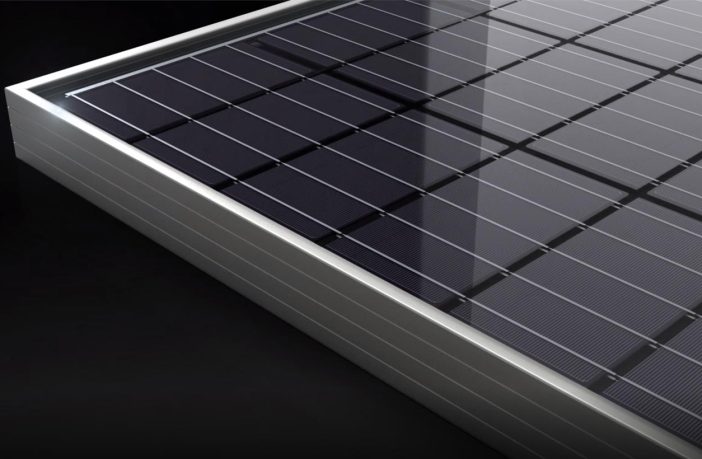- The cost of producing solar modules in China has dropped by 42% in the last 12 months to US$0.15 per watt (/W) giving manufacturers in the country an enormous cost advantage over international rivals according to a new Horizons report from Wood Mackenzie.
- Their renewables success story continues to gather pace, led by the rapid growth of wind and solar.
- By 2050, they will account for more than 50% of the global power supply.
- The last decade has witnessed a transformation in power generation, with renewables delivering low-cost power at scale.
The report: ‘Top of the charts: ‘Five low-carbon tech trends worth tracking’ looks at five key charts and identifies some key underlying trends across the low-carbon landscape. Alongside the fall in Chinese solar hardware costs the report looks at the meteoric rise of renewable energy, the efforts being made to diversify battery raw materials supply, the progress of carbon capture and storage and the growth of domestic heat pumps.

As the world’s solar module powerhouse, China commands 80% of global manufacturing capacity and this is being reflected in soaring domestic installations. This year its domestic solar additions will be double those of the US and the EU combined. Source: Woodmac
“With delegates at COP28 making a commitment to phase out fossil fuels, these five charts highlight the vital importance of all facets of the energy transition process,” says co-author Dr Steven Knell, Vice President, Power & Renewables at Wood Mackenzie. “The charts [in the report]show the progress that is being made, but also underline how much still needs to be done.”
The report also states that policy is widening to support the build-out of domestic supply chains for low-carbon technologies and to develop new sources of critical minerals to reduce global dependence on China. While in some cases such as Chinese solar module production, costs are coming down, in others they will remain high.
“The charts contained in the report indicate the global scale of the energy transition process and identifies some of the challenges,” says co-author Malcolm Forbes-Cable, Vice President, Upstream and Carbon Management Consulting. “With US$70 billion needed to be invested in global CCUS [Carbon Capture, Utilisation and Storage] transport and sequestration infrastructure before 2030, the financial implications alone will require global solutions.”
Source: Woodmac
















